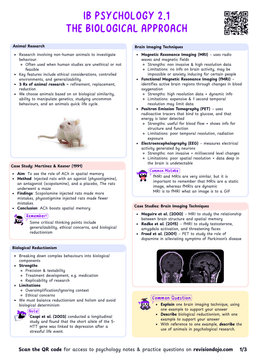Key Ideas
- Self-Awareness: Recognizing yourself as distinct from others. This usually develops in early childhood.
- Self-Concept: Understanding of one's self, including physical features, opinions, and capabilities.
- Identity Formation: Developing a proper sense of self.
- Self-Regulation: Regulating one's behaviour, e.g. impulse control.
Attachment
Attachment Theory
- Attachment is a deep and enduring emotional bond that connects one person to another across time and space.
- John Bowlby, the father of attachment theory, proposed that children are biologically predisposed to form attachments with caregivers as a means of survival.
- Parents should provide a secure base from which the child can explore the world.
- This includes reinforcing behaviour, validating emotions, and reflecting emotions.
Simons et al. (2014)
Aim
To investigate the correlation between childhood and romantic relationships in the future
Method
Recruited participants who were taking part in a different longitudinal study and examined their data.
Results
- Parenting style had some influence on the style of their children’s attachment in their romantic relationships as adults.
- A secure childhood attachment cultivated by supportive parenting was correlated with securely attached adult relationships.
- There was some evidence that poor attachment in childhood were correlated with aggression towards partners as adults.
Types of Attachment Styles
- Secure Attachment: Children feel safe and trust their caregiver to meet their needs.
- Insecure-Avoidant Attachment: Children become independent and avoid seeking comfort from caregivers.
- Insecure-Ambivalent/Resistant Attachment: Children are anxious and unsure whether their caregiver will meet their needs.
- Disorganized Attachment: Children display a lack of clear attachment behavior, often due to inconsistent or abusive caregiving.
Impact on Personality and Self-Concept
- Secure Attachment: Leads to higher self-esteem, better social skills, and healthier relationships.
- Insecure Attachment: Can result in low self-esteem, difficulties in trusting others, and challenges in emotional regulation.
Enculturation
- Enculturation is the process by which individuals learn and adopt the values, norms, and behaviors of their culture.
- It occurs through observation, imitation, and direct teaching from parents, teachers, peers, and the media.
- Social norms are unspoken rules in a certain culture. Conforming to them increases identification to that culture.
Enculturation shapes self-identity by influencing how individuals perceive themselves and their roles within society.
Example- In South Korea, the concept of Jeong is important.
- It includes valuing community and relationships.
- This is exemplified through sharing meals in school.
Critical Thinking
- To what extent is enculturation rigid?
- How do early childhood experiences shape our behaviour?
Enculturation and Self-Identity
- Role Models: Children learn cultural norms by observing parents, teachers, and peers.
- Language: Language shapes thought patterns and reinforces cultural values.


